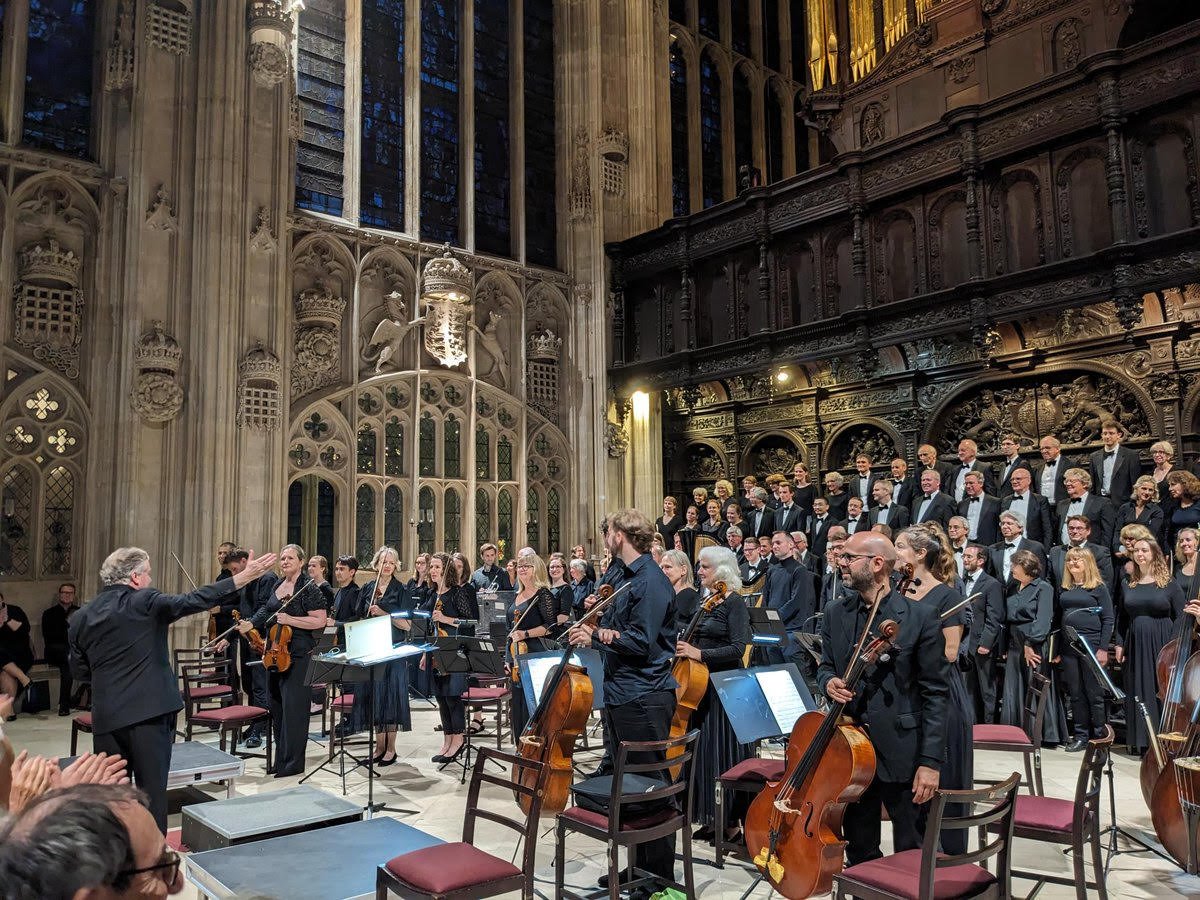Russian Masterpieces
Sinfonia of Cambridge’s opening concert of the season offered an evening of Russian favourites, unashamed crowd pleasers but works of huge depth, searing beauty and towering tragedy. The first piece, perhaps the least known, was ‘Autumn’ from ‘The Seasons’ by Glazunov. It was clear that conductor Howard Williams relished the chance to set West Road Concert Hall ablaze (musically speaking of course). He set a breathless pace for this melodiously festive piece – more Mediterranean than Moscow in its rich orchestral colours allowing the players of this fine Cambridge band to show off their considerable talents. The richness of their sound was particularly noticeable in Glazunov’s lusciously lovely adagio contrasting the opening revelry with an achingly nostalgic theme. The Sinfonia certainly did its best to find new fans for this joyous piece.
Though much more than a curtain raiser, the Glazunov was followed by one of the great works of the classical repertoire: Tchaikovsky’s Violin Concerto. The young soloist, Stephanie Childress, a Cambridge graduate with an already formidable CV, strode on to the stage clearly ready to enjoy herself. That she clearly did as from her opening passage to the triumphant end; she gave a fiery and muscular account of this great work. She was superbly supported by the orchestra which has much more than an accompanying role. Every section sounded wonderful but especial praise goes to the hard-worked woodwind and brass sections which also came into their own in the final work of the concert, the fifth syphony of Shostakovitch.
First performed in 1937 and subtitled ‘A Soviet artist’s creative reply to just criticism’, the piece was supposed to be an emollient response to Stalin’s angry condemnation of Shostakovitch’s previous work (an opera) for failing to ‘infect the masses’. If the cruel dictator was expecting something shallow and triumphalist, then the symphony must have served as a subtle poke in the eye. The huge work takes us from dark menace to sunlit triumph but the musical cards are firmly stacked on the former mood. The Sinfonia was in top form – from the chilling and brooding eight-note motif on the lower strings to the almost deafening grand finale. In between was the famous grotesque march in which the large percussion section excelled and the tragic slow movement with its creative interplay of instruments such as the harp and strings, celeste and bassoon. With the final bars almost lifting off the roof of West Road Concert Hall, there was no doubt that a new and exciting musical season in Cambridge had truly begun.







